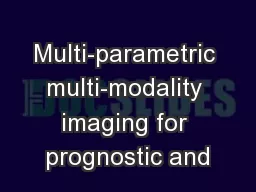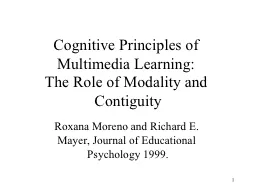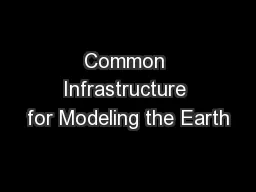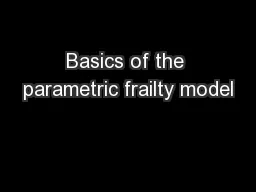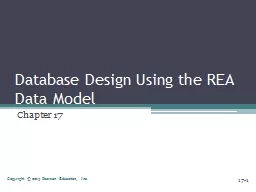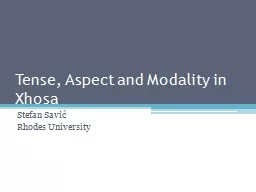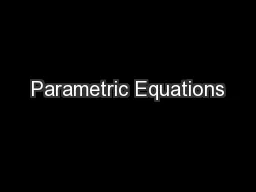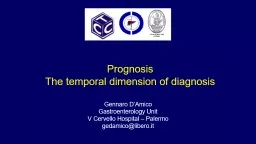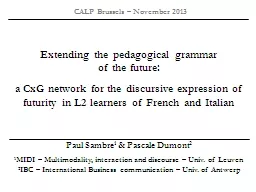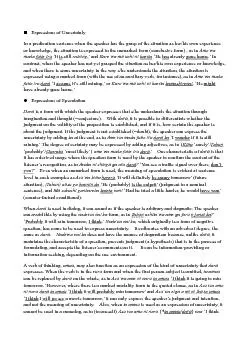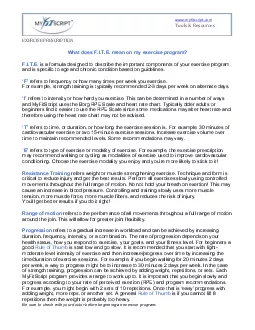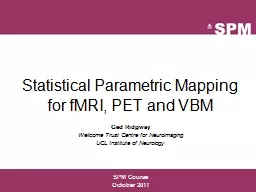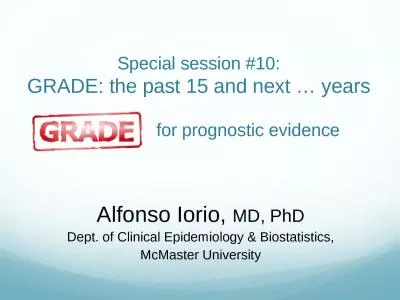PPT-Multi-parametric multi-modality imaging for prognostic and
Author : conchita-marotz | Published Date : 2017-04-23
Dimitris Visvikis Director of Research National Institute of Health and Medical Research INSERM LaTIM UMR 1101 Brest France Cancer Oncology Gold standard for
Presentation Embed Code
Download Presentation
Download Presentation The PPT/PDF document "Multi-parametric multi-modality imaging ..." is the property of its rightful owner. Permission is granted to download and print the materials on this website for personal, non-commercial use only, and to display it on your personal computer provided you do not modify the materials and that you retain all copyright notices contained in the materials. By downloading content from our website, you accept the terms of this agreement.
Multi-parametric multi-modality imaging for prognostic and: Transcript
Download Rules Of Document
"Multi-parametric multi-modality imaging for prognostic and"The content belongs to its owner. You may download and print it for personal use, without modification, and keep all copyright notices. By downloading, you agree to these terms.
Related Documents

